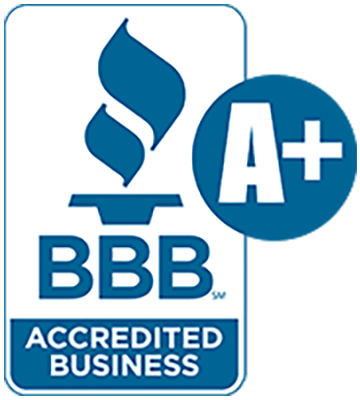On June 30, 1970, the U.S. Navy deactivates the Naval Air Station at Sand Point in Seattle. The aviation facilities are to become surplus, with some land possibly to be transferred to the City of Seattle. It is renamed Naval Support Activity Seattle and assumes a role as a logistical nexus supporting Navy operations throughout Puget Sound and the Pacific.
The last Navy aircraft to touch down at Sand Point was a four-engine P3 Orion carrying Admiral Bernard Stream, who had flown in for the day from the Naval Air Station on Whidbey Island to witness the name change.
Following deactivation, a long-running debate over the use of the land developed. Proponents of maintaining its use as an airfield clashed with neighborhood groups and elected officials such as Senator Warren G. Magnuson (1905-1989) and Seattle Mayor Wes Uhlman (b. 1935), who wanted it to be a public park. Eventually, the aviation supporters lost out.
Part of the land (100 acres) became the Western headquarters of the National Oceanic and Atmospheric Administration (NOAA). Another 195.6 acres land became Sand Point Park, which was then renamed Warren G. Magnuson Park, after the long-serving senator. The park was dedicated on December 26, 1975.
On June 30, 1970, the U.S. Navy deactivates the Naval Air Station at Sand Point in Seattle. The aviation facilities are to become surplus, with some land possibly to be transferred to the City of Seattle. It is renamed Naval Support Activity Seattle and assumes a role as a logistical nexus supporting Navy operations throughout Puget Sound and the Pacific.
The last Navy aircraft to touch down at Sand Point was a four-engine P3 Orion carrying Admiral Bernard Stream, who had flown in for the day from the Naval Air Station on Whidbey Island to witness the name change.
Following deactivation, a long-running debate over the use of the land developed. Proponents of maintaining its use as an airfield clashed with neighborhood groups and elected officials such as Senator Warren G. Magnuson (1905-1989) and Seattle Mayor Wes Uhlman (b. 1935), who wanted it to be a public park. Eventually, the aviation supporters lost out.
Part of the land (100 acres) became the Western headquarters of the National Oceanic and Atmospheric Administration (NOAA). Another 195.6 acres land became Sand Point Park, which was then renamed Warren G. Magnuson Park, after the long-serving senator. The park was dedicated on December 26, 1975.

